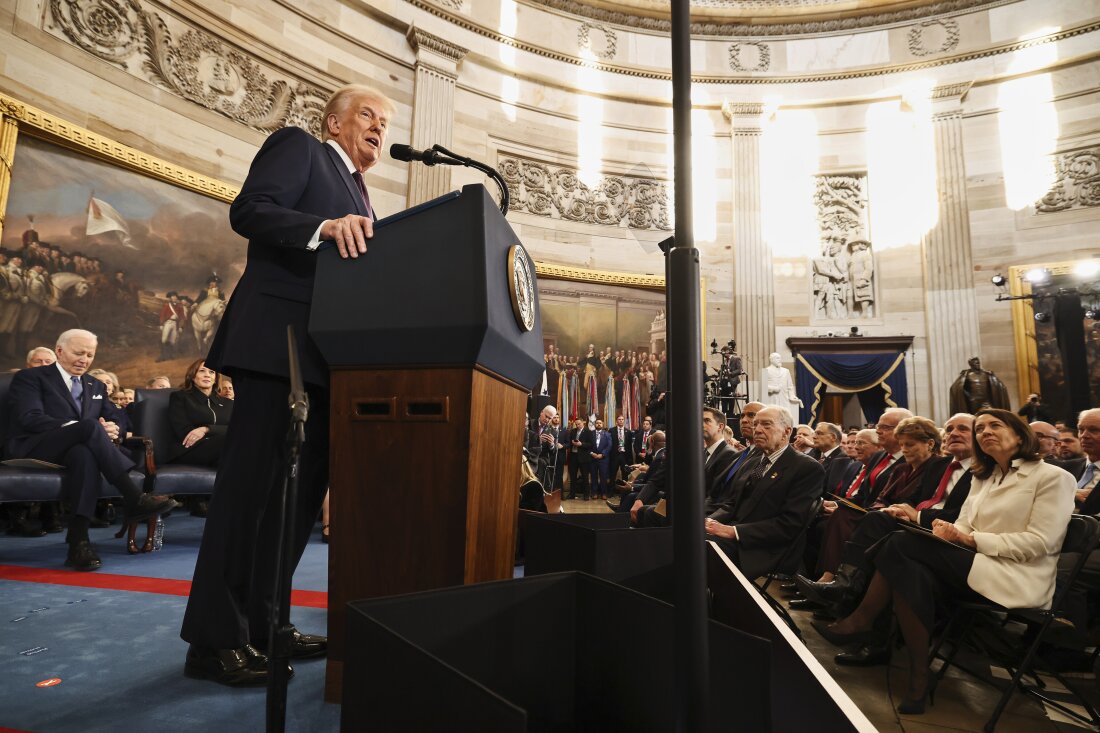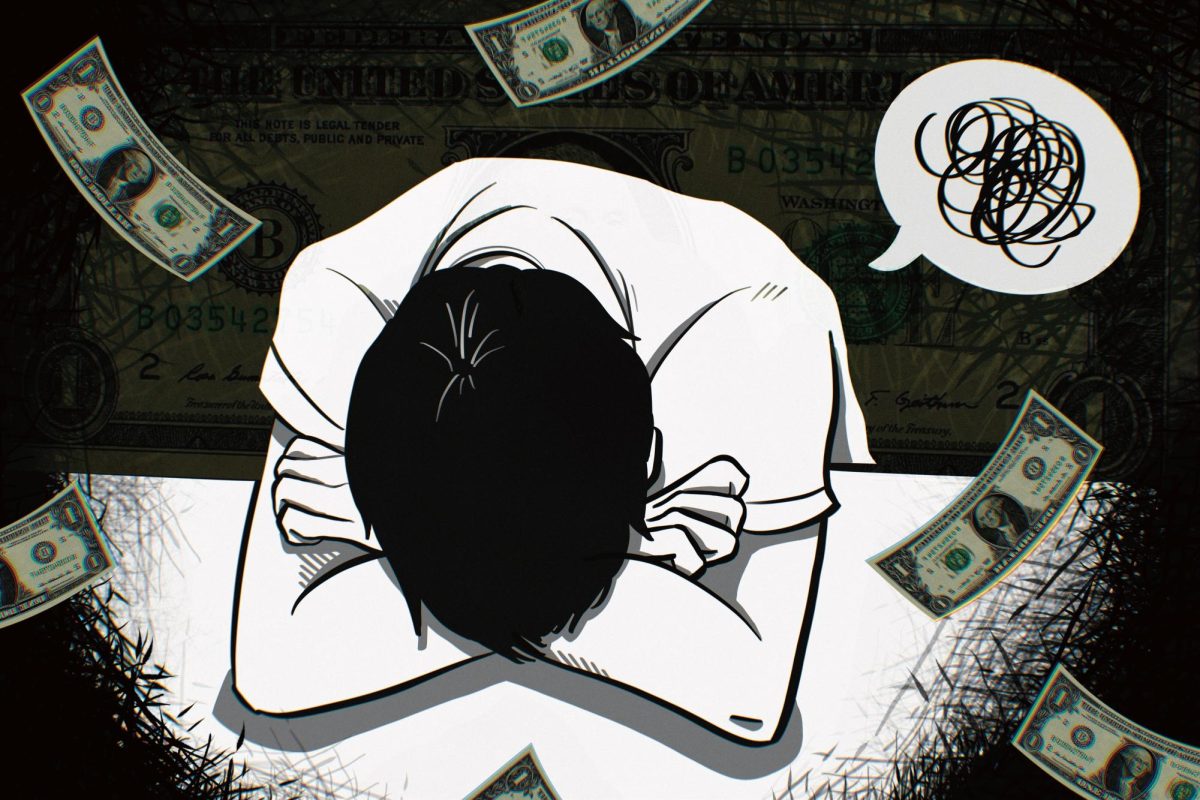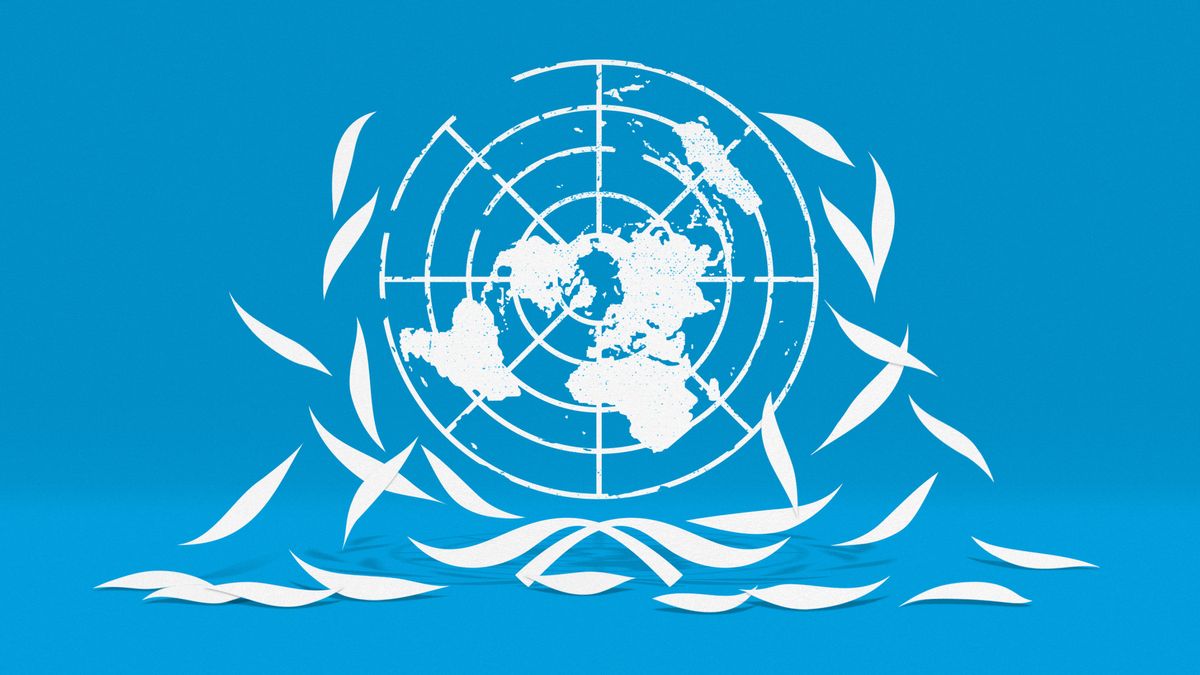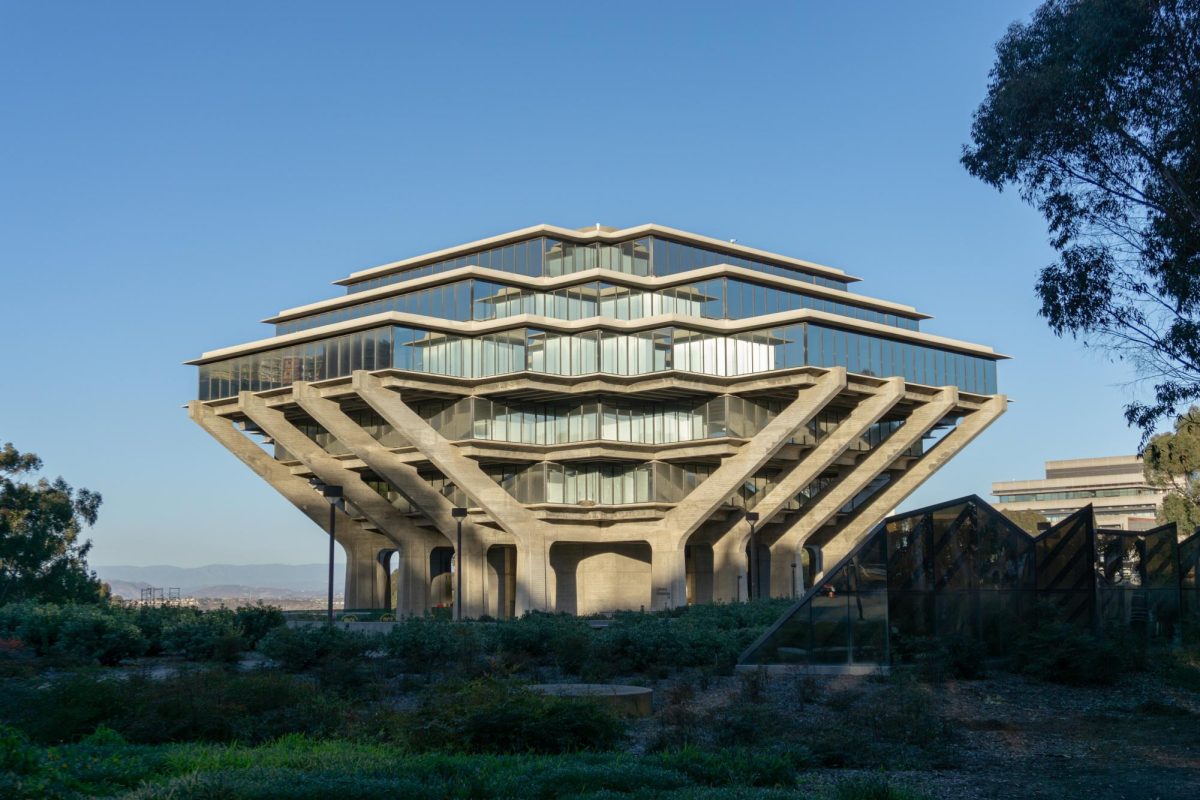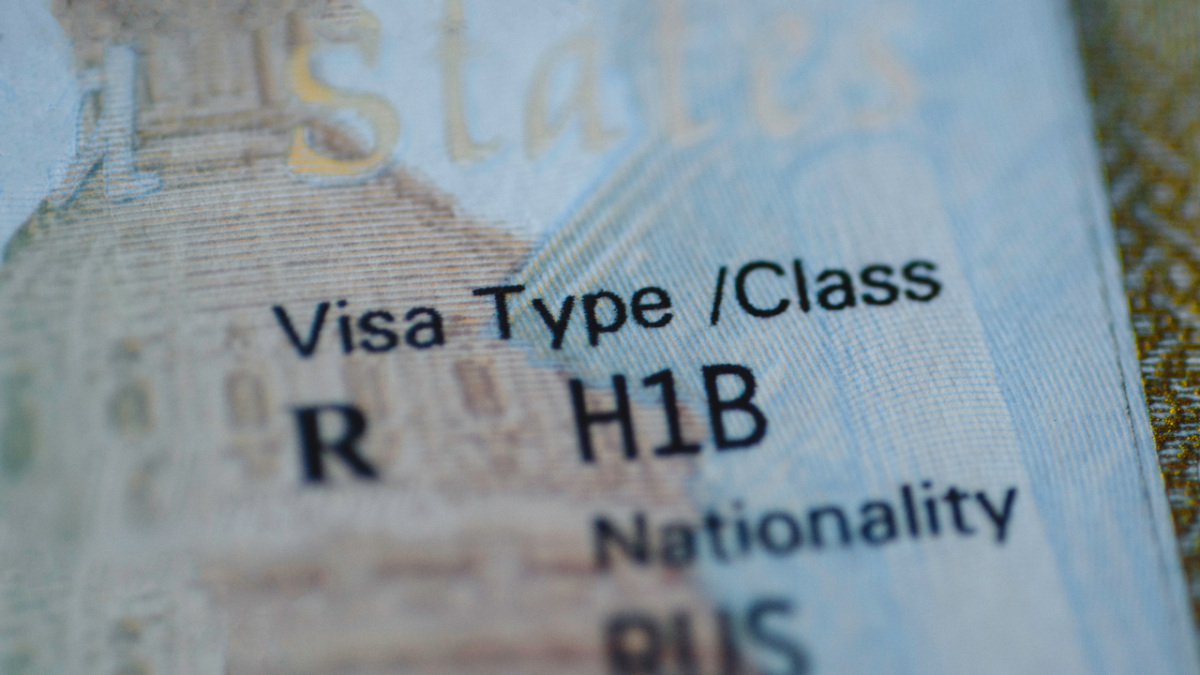College is depicted as a hectic period of self-discovery, exploration of identity, and development of communal connections. However, identity development is incredibly complex and requires support from an individual’s environment. Without this, many students are left feeling isolated, unable to comfortably relate to or fit into the expectations of different social communities. Being biracial or mixed-raced embodies a unique struggle, as exclusion from a variety of different social clubs and constant racial invalidation is a common experience. Considering the university environment’s impact on students, UC San Diego must take measures to ensure the inclusion of this underrepresented population.
Multiracial people often feel culturally disconnected from those around them and have an incredibly difficult time fitting into social environments. Speaking from personal experience, I often feel pressured to adhere to only one cultural background. This is a common occurrence among biracial people as one’s peers constantly attempt to categorize them within the bounds of monoraciality and fail to reach an accurate conclusion, highlighting their “racial ambiguity.” This leaves one feeling isolated and disconnected from their cultural roots and their identity thus feels fraudulent. Putting these feelings on display, one can see how multiethnic students are marginalized, unrepresented, and an ethnic minority population in need of support. UCSD should feel just as obligated to cater to these feelings of isolation as they do for monoracial minorities.
Representation is important; seeing your cultural identity on screen, in social media sources, and, most importantly, in person can facilitate a sense of belonging for underrepresented populations. UCSD currently does little to nothing to ensure multiracial students receive this type of recognition. Through no fault of its own, the university is falling short of its commitment to equity and diversity in a number of ways, the most prominent being not adhering to adequate levels of racial diversity in student enrollment. With government restrictions to admitting students based on the ‘affirmative action’ rubric, the university under-enrolls minorities and, though such under-representative admission tactics significantly affect a variety of racial populations, these statistical figures are completely applicable to multiracial students as well. However, UCSD seems to have found loopholes in the 2020 ban on affirmative action and tries to admit students in ways that ensure the student body is diverse. These loopholes, arguably, aren’t utilized to benefit multiracial students, as a mere 1,898 of both graduate and undergraduate students declare such an identity.
Attending UCSD, a university known for its dedication to equity, diversity, and inclusion in its collegiate environment, one would expect common multiracial experiences to be addressed in some shape or form. However, this is clearly not the case. UCSD, though considered a racially inclusive university that does what it can to ensure the student body embraces cultural and racial diversity, fails to provide various resources for its multiracial student population. Though monoracial minority resources are underfunded and underdeveloped in a variety of ways, they are still provided to various marginalized communities on campus, one being the Black Resource Center, an organization intended to cater to mental health needs as well as community-building within the Black student population, and another being the Raza Resource Centro, another competent resource center for the Latino community which fosters a sense of belonging for an underrepresented population through social activities. Though the university should stress the importance of these resources by increasing funding, both have stellar feedback from those who have utilized these resource centers and received high ratings from the Student Satisfaction survey in 2023. If the university puts similar effort into offering support for its multiracial students, this portion of the student population has better odds of finding a community.
UCSD’s support, or lack thereof, for their multiracial students, exceeds a lack of acknowledgment and provisional resources but is actively exclusionary. Melanie Estrella, a senior at UCSD, drafted an article that found that the ‘UCSD Diversity Statistics,’ demographic data the university gathers and publishes, actually excludes many ‘multi-races’ and as such invalidates the very existence of these individuals. These overlooked multi-races are grouped up and labeled as “multiracial,” a categorization that doesn’t allow for one to see their multifaceted identity depicted, but shows a generalized version of their cultural background. Mixed-race students could construe this demographic data as widely unrepresentative because they are unable to see a genuine phrase that would embody their true identity, but a washed-out, uniform term to encompass their identity. It is much better to actually acknowledge each multicultural background, as one’s racial identity will be exclusively representative of who they are, a “privilege” granted to many monoracial communities.
Mixed-racial identities should be embraced, and UCSD’s current state of acknowledgment limits the ability of this underrepresented population to believe their identity is valid and inalienable. Multiracial students are shoved into social isolation by the rigorous societal expectations of monoraciality, and the very university that prides itself on its emphasis on ethnic diversity perpetuates the issue. UCSD lacks fundamental resources, squanders adequate representation, and even excludes biraciality from demographic statistics. UCSD must recognize the lack of acknowledgment they attest to their multiracial population and must put an end to this wide-scale exclusion. The university needs to implement more resources for this marginalized population and try its best to increase in-person representation through multiethnic admissions.





